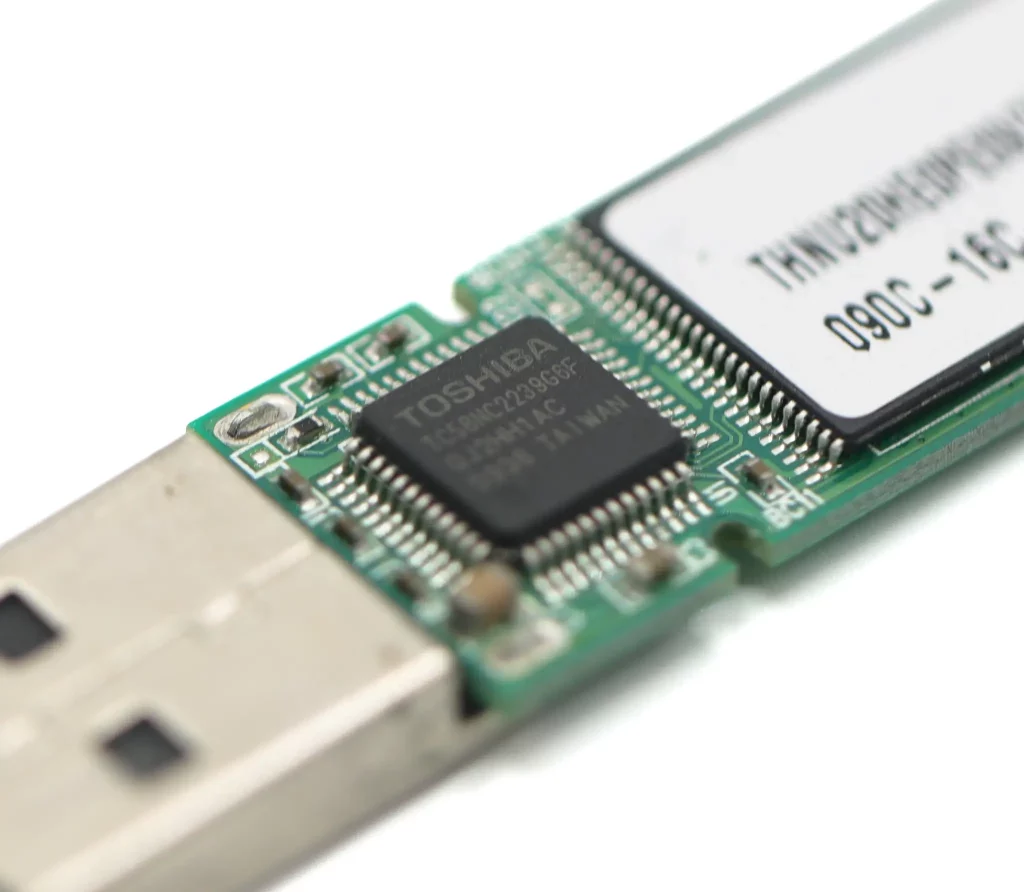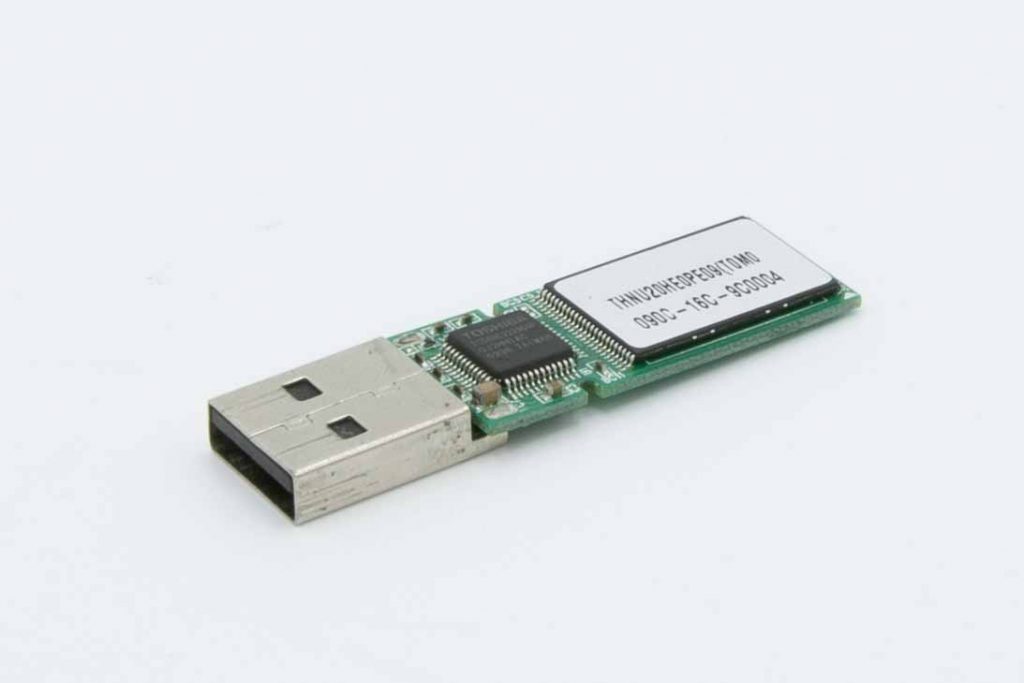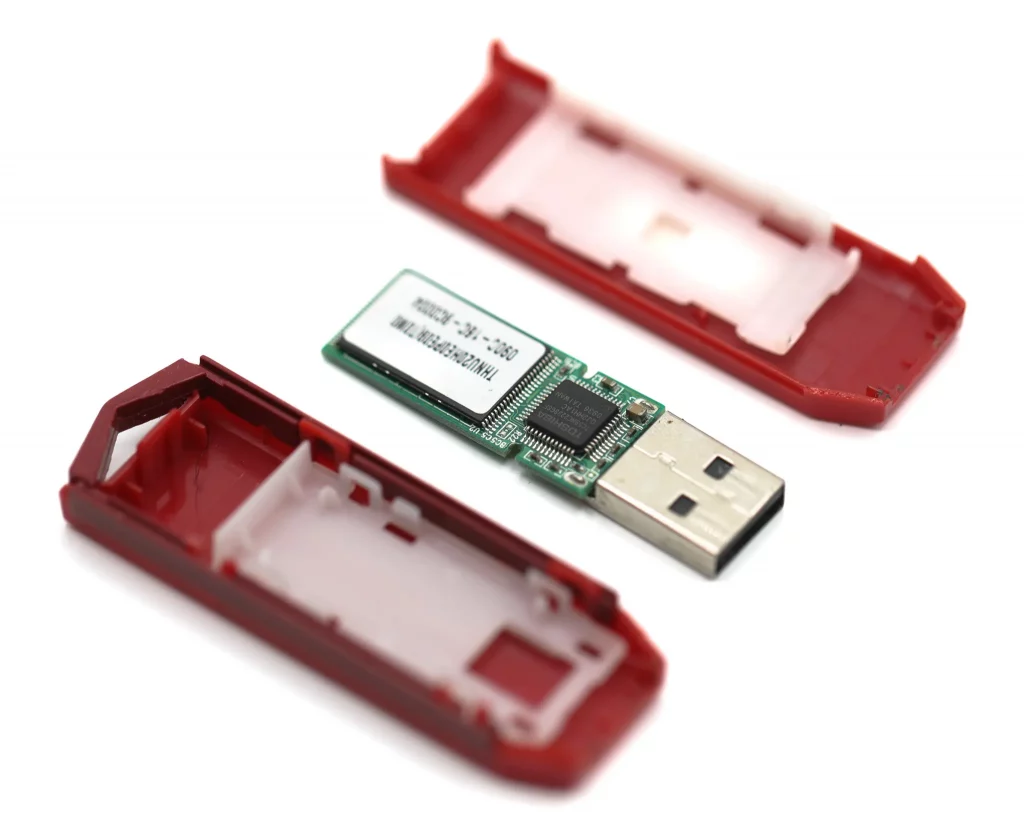Flash memory is a type of non-volatile storage that is used in a variety of electronic devices, such as USB drives, digital cameras, and solid-state storage. It is a popular choice for storage because it is relatively cheap, durable, and can hold large amounts of data.
So, what exactly is flash memory, and how does it work? In this blog post, we will dive into the details of this technology and explore its benefits and drawbacks.
Flash Memory: An Overview
Flash memory is a non-volatile data storage that uses a combination of semiconductor technology and electrically erasable programmable read-only memory (EEPROM) technology. It is called “non-volatile” because it retains data even when the power is turned off.

The key to the functioning of flash memory is the use of floating-gate transistors. A transistor is a basic building block of digital electronics that can act as a switch, turning on or off the flow of electricity. In a floating-gate transistor, the gate is surrounded by an insulating layer, which separates it from the other transistor components.
The floating gate can store a charge, which affects the flow of electricity through the transistor. When the charge is present, the transistor is turned on, allowing the flow of electricity. However, when it is removed, the transistor is turned off, stopping the flow of electricity.
How eMMC Flash Memory Works
The basic operation of flash memory involves writing data to the floating gate of the transistor. To do this, an electric charge is applied to the gate, which stores the data as a binary 1 or 0. Once the data is written, it remains in the floating gate until it is erased.
Erasing flash memory involves removing the charge from the floating gate. This is done by applying a high voltage to the control gate, which causes the electrons to flow from the floating gate to the control gate. This removes the charge from the floating gate, resetting it to its initial state.
The process of erasing flash memory is slow compared to writing data to it, which can be done quickly. This is because the erasing process must be done one block of memory at a time, which can take several milliseconds. However, because flash memory is non-volatile, it can be erased and reprogrammed many times without degrading its performance.
Benefits and Drawbacks of NAND Flash Memory
Advantages
Flash memory offers several benefits over other types of storage. One of the most significant benefits is its non-volatile nature, meaning it does not require the power to retain data.
This makes it ideal for use in devices requiring low power consumption or storing data for long periods without power.

Another benefit of flash memory is its durability. Unlike traditional hard drives, which use spinning disks and mechanical components, flash memory has no moving parts. This makes it more resistant to physical shock and vibration and less likely to fail due to mechanical issues.
Disadvantages
However, flash memory does have some drawbacks. One of the most significant is its limited lifespan. When data is written or erased from a flash memory cell, it can degrade slightly. Over time, this can lead to errors and data loss. To mitigate this issue, many flash memory devices use wear-leveling algorithms to distribute operations across the entire device, reducing the wear on any particular cell.
Another drawback of flash memory is its relatively high cost per unit of storage compared to traditional hard drives. This has been changing over the years. However, as flash memory becomes more popular, manufacturing costs continue declining.
Regardless of the many benefits of flash memory, these devices are still susceptible to failures and data loss. File inaccessibility situations on flash memory devices can be a critical event. Therefore, it is essential to entrust your media to a professional data recovery company like PITS.
Our Services for Flash Storage Devices
PITS Global Data Recovery Services is a high-level provider of data recovery solutions for a wide range of storage devices, including flash storage media. We offer specialized services to recover data from damaged or corrupted flash memory devices, such as USB flash drives, memory cards, and solid-state drives.

Our team of experts uses advanced techniques and tools to recover lost, deleted, or inaccessible data from flash memory devices. We understand that data loss situations can be frustrating and stressful, so we work quickly and efficiently to recover your data and get you back up and running as soon as possible.
Our team of experts works effectively to recover your data, minimizing downtime and getting you back up and running as soon as possible. We use advanced techniques and tools to recover valuable files from even the most complex cases of data loss.
PITS understands the importance of data confidentiality and takes every precaution to guarantee your data remains secure throughout the recovery process. We support all security requirements to ensure our clients’ peace of mind.
Why Choose Us
PITS Global Data Recovery Services delivers premium data recovery solutions with a focus on quality and individual care for every case. As a DUNS-verified business, we are committed to excellence, ensuring 100% customer satisfaction. Our tailored service options suit a range of recovery needs and budgets. For critical situations, we offer emergency data recovery, restoring data quickly and reliably without compromising quality.

If you’re facing a data loss situation, don’t hesitate to contact us. Our 24/7 data recovery services are available to you, 365 days a year. Let us help you recover your precious data today.

We start the recovery process with a risk-free evaluation. Our technicians estimate reasons for data loss and the level of damage. Based on it, we select the most suitable recovery strategy.

With years in the data recovery industry, our company supports the highest customer satisfaction rate. We do everything to provide a positive experience for our clients.

During our remote customer file verification session, you will thoroughly review all necessary documents and records to ensure accuracy and compliance.

We offer data recovery services from over 50 locations across the US. This means that no matter where you are located, you can access our services to recover the data.

With our certified data recovery services and 99% success rate, we are confident that we can recover your precious data and get you back up and running in no time.
Starting the recovery process with a risk-free evaluation, our engineers develop the most efficient recovery strategy. By the end of the assessment, we will provide a detailed report, marking all the details about the state of your device.
If you have experienced data loss on a flash memory device, do not hesitate and get in touch with our recovery team. We will provide specialized data recovery solutions tailored to your needs.
Frequently Asked Questions
What is flash memory?
Flash memory is a type of non-volatile storage technology that allows data to be stored, erased, and reprogrammed electronically. Unlike traditional hard drives, which use spinning disks to store data, flash memory is solid-state, meaning it has no moving parts. This makes it faster, more durable, and less prone to mechanical failures.
How does flash memory work?
Flash memory operates on the principle of trapping electrically charged particles within memory cells to represent data. These memory cells are organized into pages, which are further grouped into blocks. When data is written, electrons are either trapped in the floating gate (representing a binary “1”) or removed from it (representing a binary “0”). This binary data can be read by applying voltage to the cell and measuring its charge state.
What are the main types of flash memory?
There are several types of flash memory, including NAND flash and NOR flash. NAND flash is the most common and is used in USB drives, SSDs, memory cards, and smartphones. NOR flash is less common but is used in applications where high-speed read access is essential, such as firmware storage in devices like microcontrollers.
How is flash memory different from traditional hard drives?
Flash memory differs from traditional hard drives primarily in its lack of moving parts. Hard drives rely on spinning disks and read/write heads to access and store data, which can lead to mechanical failures. Flash memory, being solid-state, is faster, more reliable, and consumes less power.


